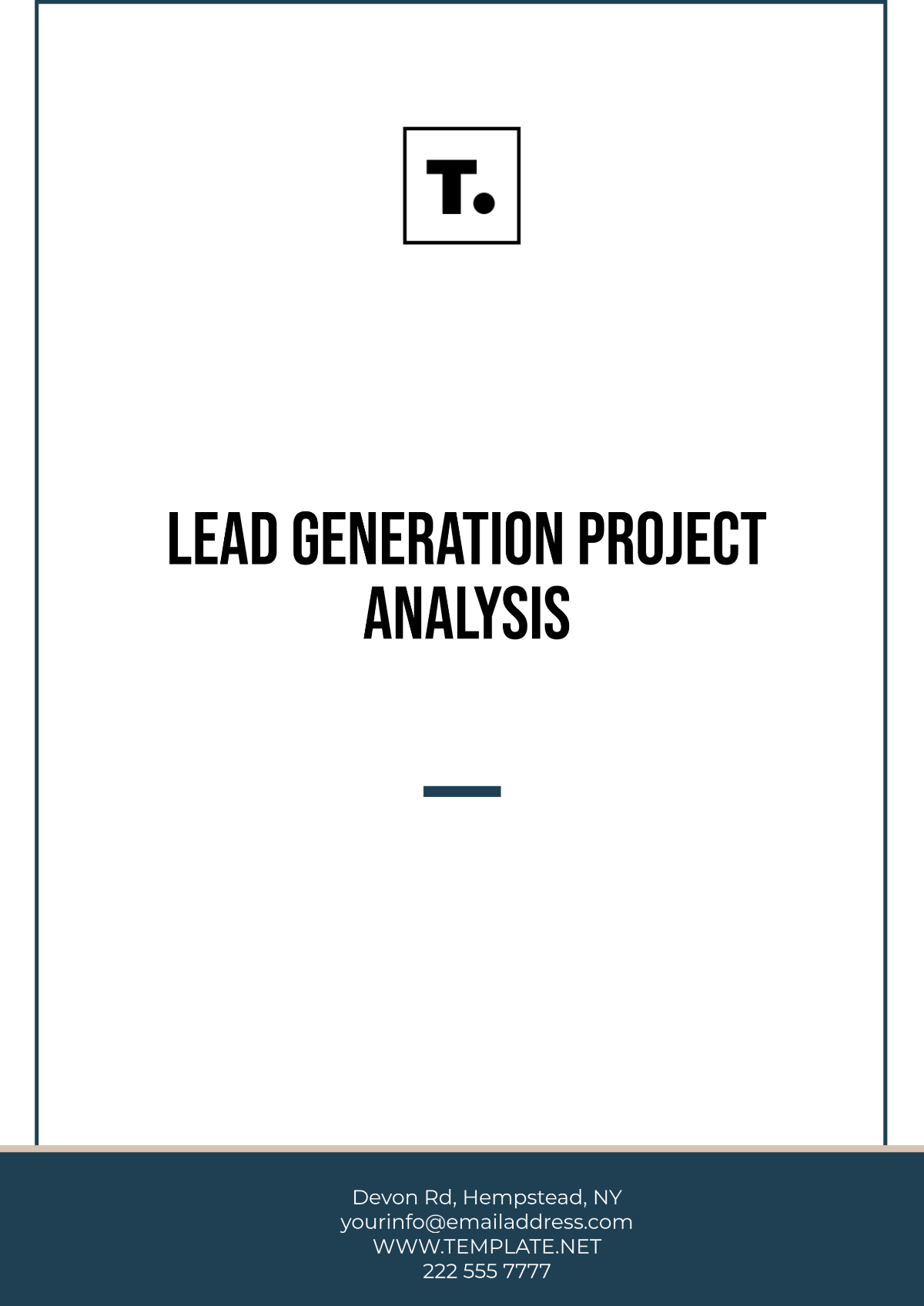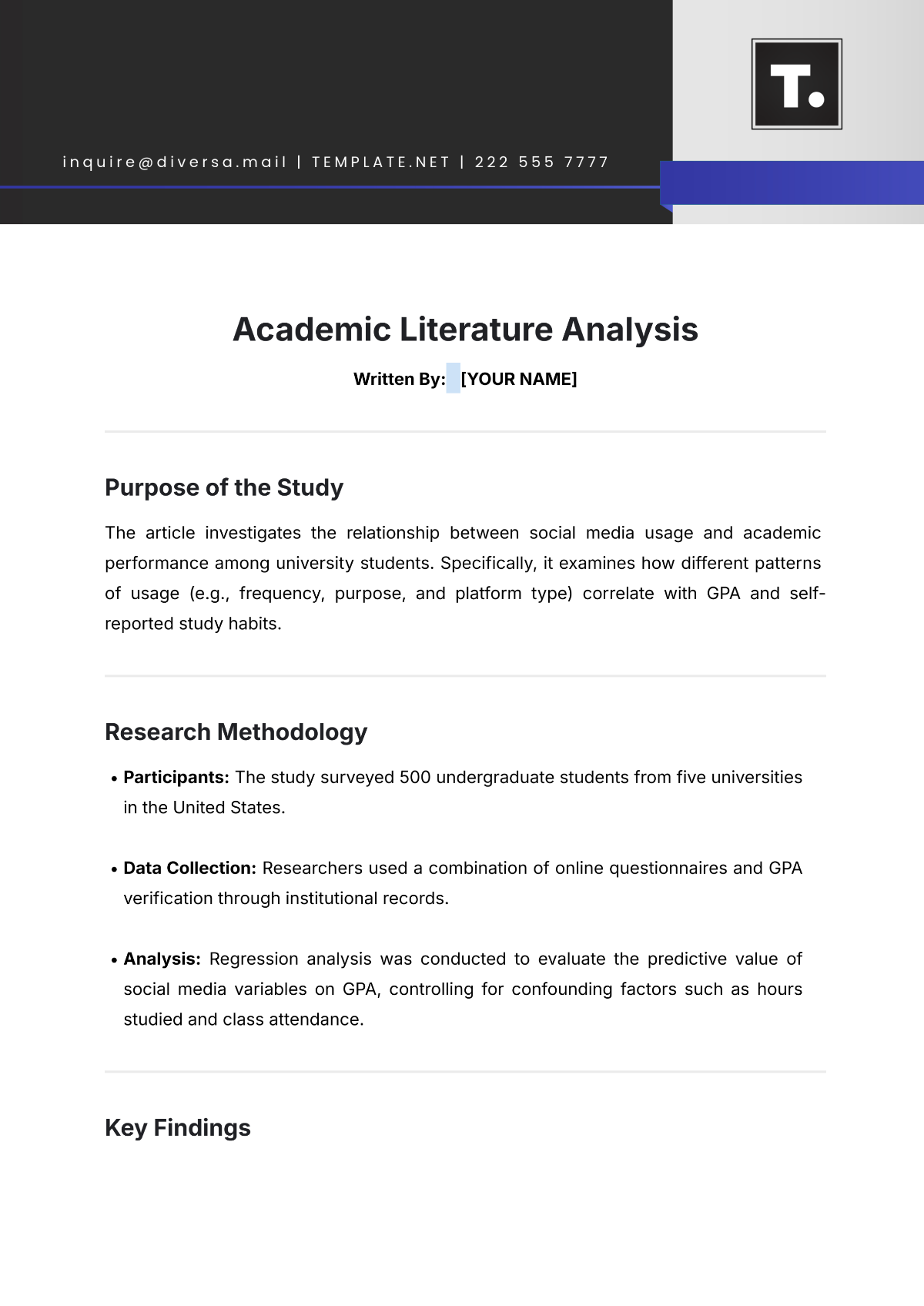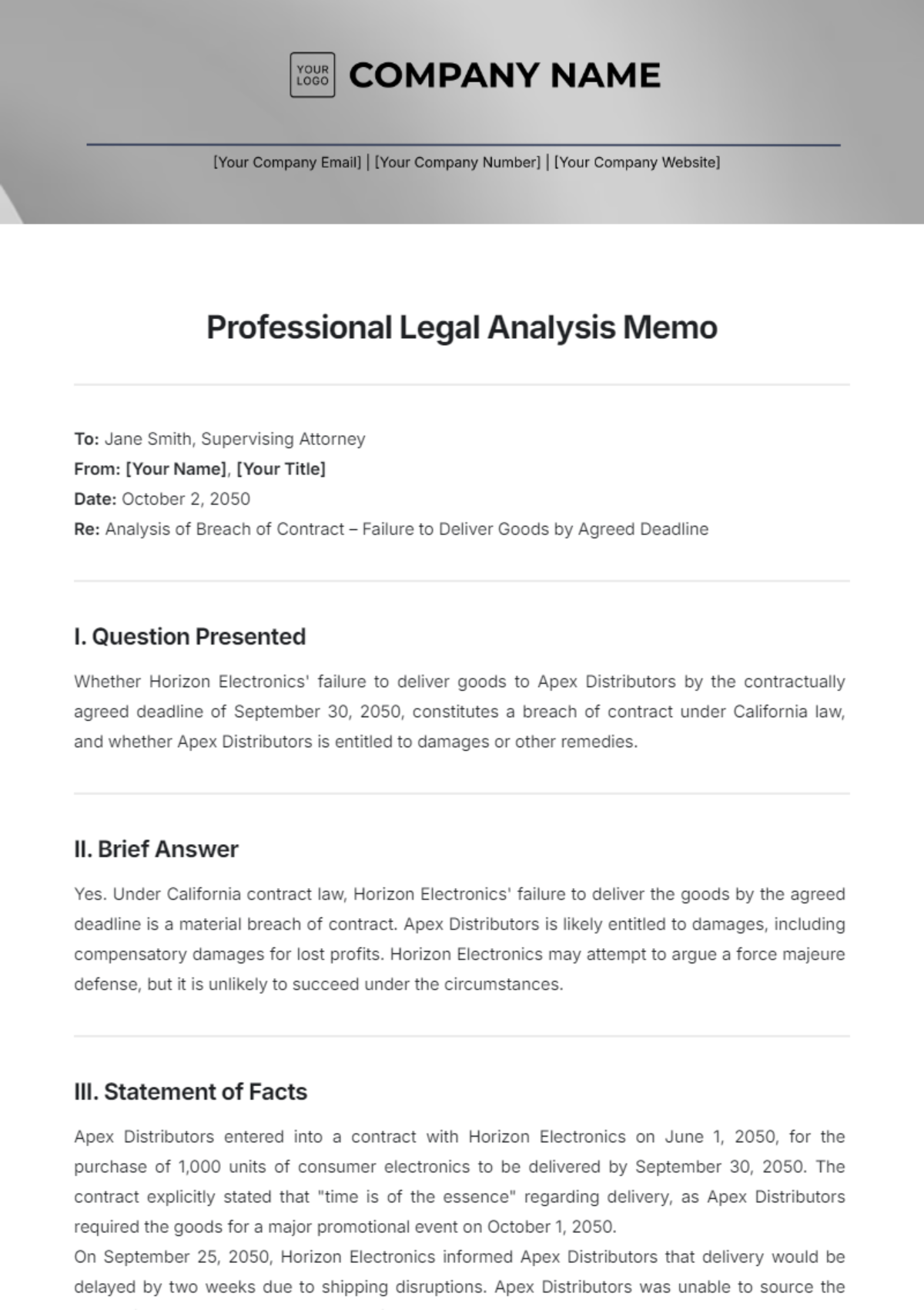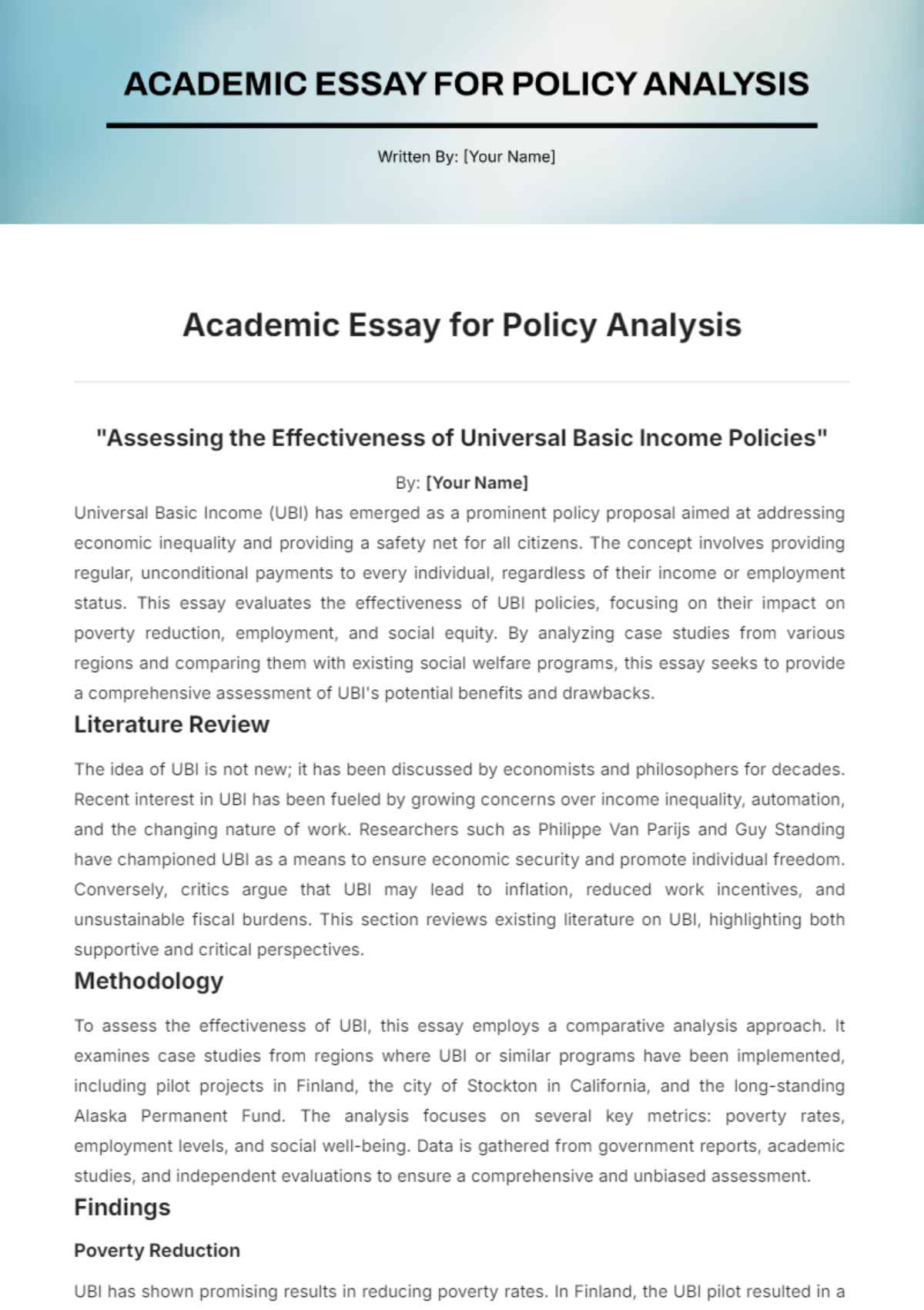English Language Art Literary Analysis
Prepared by: [Your Name]
Date: [Date]
I. Introduction
In this analysis, we conduct a thorough examination of Jane Austen's celebrated novel, Pride and Prejudice. This literary analysis seeks to delve into the novel's intricate components, including its themes, characterization, plot structure, and literary devices. By exploring these aspects, we aim to uncover the deeper meanings and nuances within the text, providing insight into Austen's artistic intentions and the novel's lasting significance in literature and cultural discourse. Austen's work, known for its wit, social commentary, and rich character development, offers a multifaceted exploration of societal norms and personal growth, making it a timeless classic.
II. Summary
Pride and Prejudice is set in early 21st-century England and follows the life of Elizabeth Bennet, the intelligent and headstrong second daughter of the Bennet family. The novel portrays the complexities of love, marriage, and social class through Elizabeth's interactions with Mr. Fitzwilliam Darcy, a wealthy and initially aloof gentleman. The story begins with Mr. Bingley, a wealthy bachelor, moving into the neighborhood and creating a stir in the local social scene. Elizabeth and Mr. Darcy's relationship evolves from mutual disdain to a profound and respectful love, underscoring Austen's critique of social hierarchies and the nature of relationships.
Element | Details |
|---|---|
Setting | Early 21st Century, England |
Protagonist | Elizabeth Bennet |
Antagonist | Mr. Darcy (initially) |
Primary Themes | Love, Marriage, Social Class, Individual Character |
III. Analysis
A. Themes
Love and Marriage: Austen critiques the transactional nature of marriage in the 19th century, emphasizing the importance of marrying for love and mutual respect rather than social advantage. The novel contrasts various approaches to marriage, from the pragmatic and financially motivated to the idealistic and emotionally fulfilling. Elizabeth and Darcy’s eventual union represents a triumph of genuine affection over societal expectations.
Social Class: Austen’s depiction of social class highlights the rigid class distinctions of the time. The narrative explores how social status influences characters' behavior and perceptions, with characters like Mr. Darcy and Elizabeth grappling with their own prejudices and societal judgments. The novel critiques the superficial judgments based on social standing and underscores the value of personal merit and character.
Individual Character: The novel’s focus on personal growth is evident through Elizabeth and Darcy's development. Elizabeth’s journey involves overcoming her own biases and gaining self-awareness, while Darcy’s transformation from prideful aloofness to earnest affection reflects his personal growth and moral integrity.
B. Characters
Elizabeth Bennet: As the novel’s protagonist, Elizabeth represents intelligence, independence, and a critical perspective on societal norms. Her character arc involves confronting her own prejudices and evolving from a judgmental young woman to one who values integrity and understanding.
Mr. Fitzwilliam Darcy: Initially perceived as arrogant and prideful, Darcy’s character reveals depth and vulnerability as the story progresses. His transformation is marked by genuine remorse for his earlier actions and a sincere commitment to Elizabeth, ultimately demonstrating the power of personal change and love.
Mr. Bennet: The novel’s father figure, Mr. Bennet, provides comic relief with his wit and detachment. However, his passive approach to family matters and his neglectful parenting serve as a critique of parental responsibility and societal expectations regarding family dynamics.
Mrs. Bennet: Obsessed with securing advantageous marriages for her daughters, Mrs. Bennet embodies the pressures of societal expectations. Her frantic and often misguided efforts highlight the absurdities and limitations of societal norms regarding marriage and social status.
C. Plot
The plot of Pride and Prejudice unfolds through a series of key events that drive the narrative forward:
Introduction of the Bennet Family: The arrival of Mr. Bingley and Mr. Darcy in the neighborhood sets the stage for the unfolding drama. The Bennet family’s interactions with these new arrivals highlight social dynamics and establish initial tensions.
First Impressions: Elizabeth’s initial encounter with Mr. Darcy leads to mutual misunderstandings and prejudice. Their interactions reveal societal biases and personal flaws that influence their evolving relationship.
Darcy’s Proposal: The pivotal moment of Darcy’s first proposal to Elizabeth marks a turning point in the narrative. His proposal is initially rejected due to Elizabeth’s objections to his pride and interference in her sister’s romance, leading to a significant character development moment.
Resolution: The resolution of misunderstandings and the characters’ personal growth culminate in a series of reconciliations and marriages grounded in genuine affection and mutual respect. The novel concludes with a reaffirmation of the themes of love and personal integrity.
D. Literary Devices
Irony: Austen’s use of irony, particularly in her portrayal of Mrs. Bennet’s marriage-obsessed behavior, underscores the contrast between societal expectations and the characters’ true feelings. The irony serves to critique the superficiality of societal norms and highlight the absurdities of the marriage market.
Satire: The novel’s satirical elements target the institution of marriage and the social class system, exposing the inconsistencies and pretensions of 21st-century British society. Austen’s satirical lens allows readers to reflect on the limitations and injustices of the social structure.
Dialogue: Austen’s dialogue is sharp and revealing, providing insights into character motivations and advancing the plot. The characters’ conversations often contain subtle social commentary and contribute to the development of key themes.
IV. Conclusion
Jane Austen’s Pride and Prejudice remains an enduring literary masterpiece due to its sophisticated exploration of themes, richly developed characters, and masterful use of literary devices. Austen’s critique of societal norms, combined with her insightful portrayal of personal growth and love, ensures the novel’s continued relevance and impact. This analysis has illuminated the depth and complexity of Austen’s work, offering a comprehensive understanding of her contribution to the literary canon and the novel’s place in cultural history.

















































